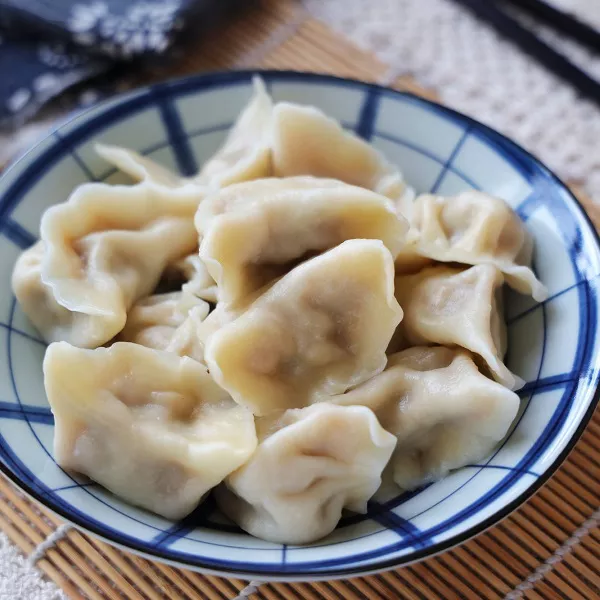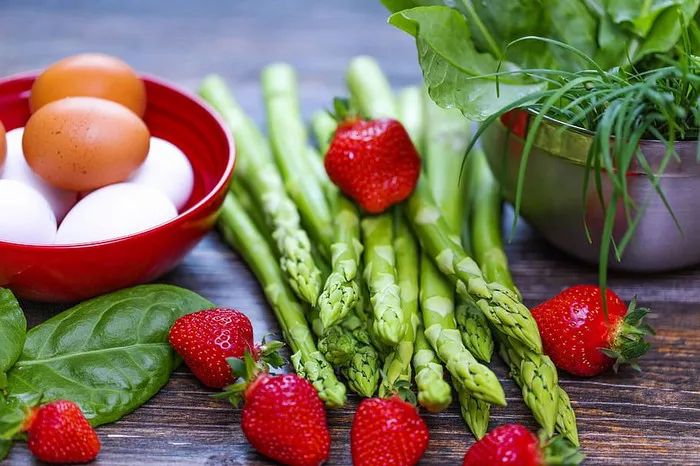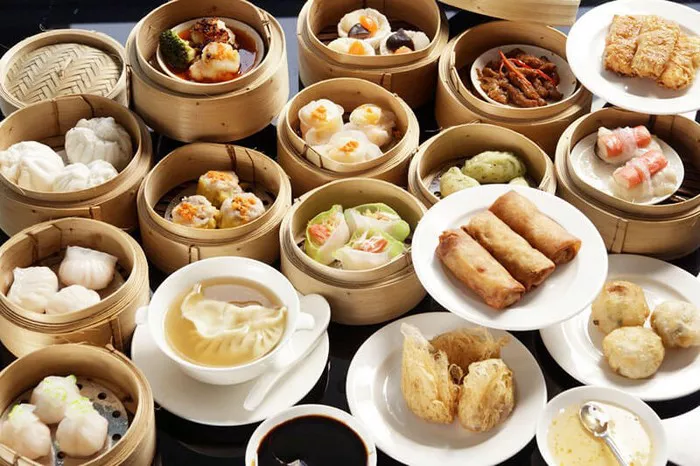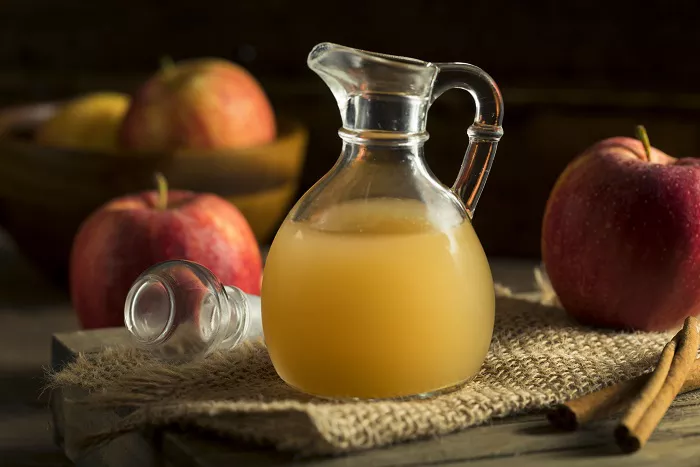Steaming dumplings at home opens a world of culinary possibilities, allowing you to create delicious and authentic dishes in the comfort of your own kitchen.
In this beginner’s guide, we’ll explore the art of steaming dumplings, from selecting the right ingredients to mastering the steaming technique. Whether you’re a novice cook or a seasoned chef looking to expand your culinary repertoire, this guide will equip you with the knowledge and skills to create delectable dumplings that will impress your family and friends.
1. Choosing the Right Ingredients
The key to making delicious dumplings lies in selecting the right ingredients. Start by choosing high-quality proteins such as ground pork, chicken, or shrimp for the filling. Vegetarian options like tofu or finely chopped vegetables are also excellent choices for those seeking plant-based alternatives.
Next, consider the seasonings and aromatics that will enhance the flavor of your dumplings. Traditional ingredients like ginger, garlic, scallions, and soy sauce add depth and complexity to the filling. Experiment with additional flavorings such as sesame oil, rice vinegar, or chili paste to create unique flavor profiles that suit your taste preferences.
Finally, don’t forget about the wrappers. While store-bought dumpling wrappers are convenient, making your own from scratch can take your dumplings to the next level. If you’re feeling adventurous, try making homemade wrappers using flour, water, and a pinch of salt. The texture and flavor of homemade wrappers are unmatched and will elevate your dumplings to restaurant-quality status.
2. Preparing the Filling
Once you’ve gathered your ingredients, it’s time to prepare the filling. Start by combining the protein of your choice with finely chopped aromatics and seasonings in a mixing bowl. Use your hands or a spoon to mix the ingredients thoroughly, ensuring that the seasonings are evenly distributed throughout the filling.
After preparing the filling, it’s essential to taste and adjust the seasoning as needed. Remember that the filling should be well-seasoned but not overpowering, allowing the flavors to meld together harmoniously when steamed. If necessary, add more salt, soy sauce, or other seasonings to achieve the desired flavor profile.
Once you’re satisfied with the seasoning, cover the filling and let it rest in the refrigerator for at least 30 minutes. Allowing the flavors to meld together will enhance the taste of the filling and make it easier to work with when assembling the dumplings.
3. Assembling the Dumplings
Assembling dumplings is a labor of love that requires patience and precision. Start by placing a small amount of filling in the center of each dumpling wrapper, taking care not to overfill them. Dip your finger in water and run it along the edge of the wrapper to moisten the dough, then fold the wrapper in half to encase the filling.
Next, pleat the edges of the wrapper together to seal the dumpling, creating a crescent shape with a series of pleats along the top edge. Press the edges firmly to ensure a tight seal, taking care not to trap any air pockets inside the dumpling.
Continue assembling the remaining dumplings until all the filling has been used, arranging them on a parchment-lined baking sheet to prevent sticking. If desired, you can freeze the dumplings at this stage for later use, ensuring that you always have a delicious meal or snack on hand.
4. Steaming the Dumplings
Steaming dumplings is a simple yet essential technique that ensures they cook evenly and retain their shape. Start by arranging the assembled dumplings in a single layer in a steamer basket, leaving some space between each dumpling to prevent them from sticking together.
Fill a pot or wok with a few inches of water and bring it to a gentle boil over medium heat. Place the steamer basket over the boiling water, making sure that the dumplings are not touching the water. Cover the steamer basket with a lid and steam the dumplings for 8 to 10 minutes, or until they are cooked through and the wrappers are translucent.
Once the dumplings are cooked, carefully remove them from the steamer basket using a spatula or tongs and transfer them to a serving platter. Serve the dumplings hot with your favorite dipping sauce, such as soy sauce, vinegar, or chili oil, and enjoy them as a delicious appetizer, main course, or snack.
5. Experimenting with Variations
Once you’ve mastered the basics of steaming dumplings, don’t be afraid to get creative and experiment with different flavors, fillings, and wrapping techniques. Try incorporating unique ingredients like mushrooms, water chestnuts, or bamboo shoots into your filling for added texture and flavor.
You can also experiment with different shapes and sizes of dumplings, such as potstickers, shumai, or bao buns, to create a visually stunning presentation. Get creative with your pleating techniques, and don’t be afraid to mix and match flavors to create your signature dumpling recipes.
By experimenting with variations and putting your unique spin on classic dumpling recipes, you’ll discover a world of culinary possibilities that will delight your taste buds and impress your family and friends. So roll up your sleeves, gather your ingredients, and start steaming dumplings at home today!
























